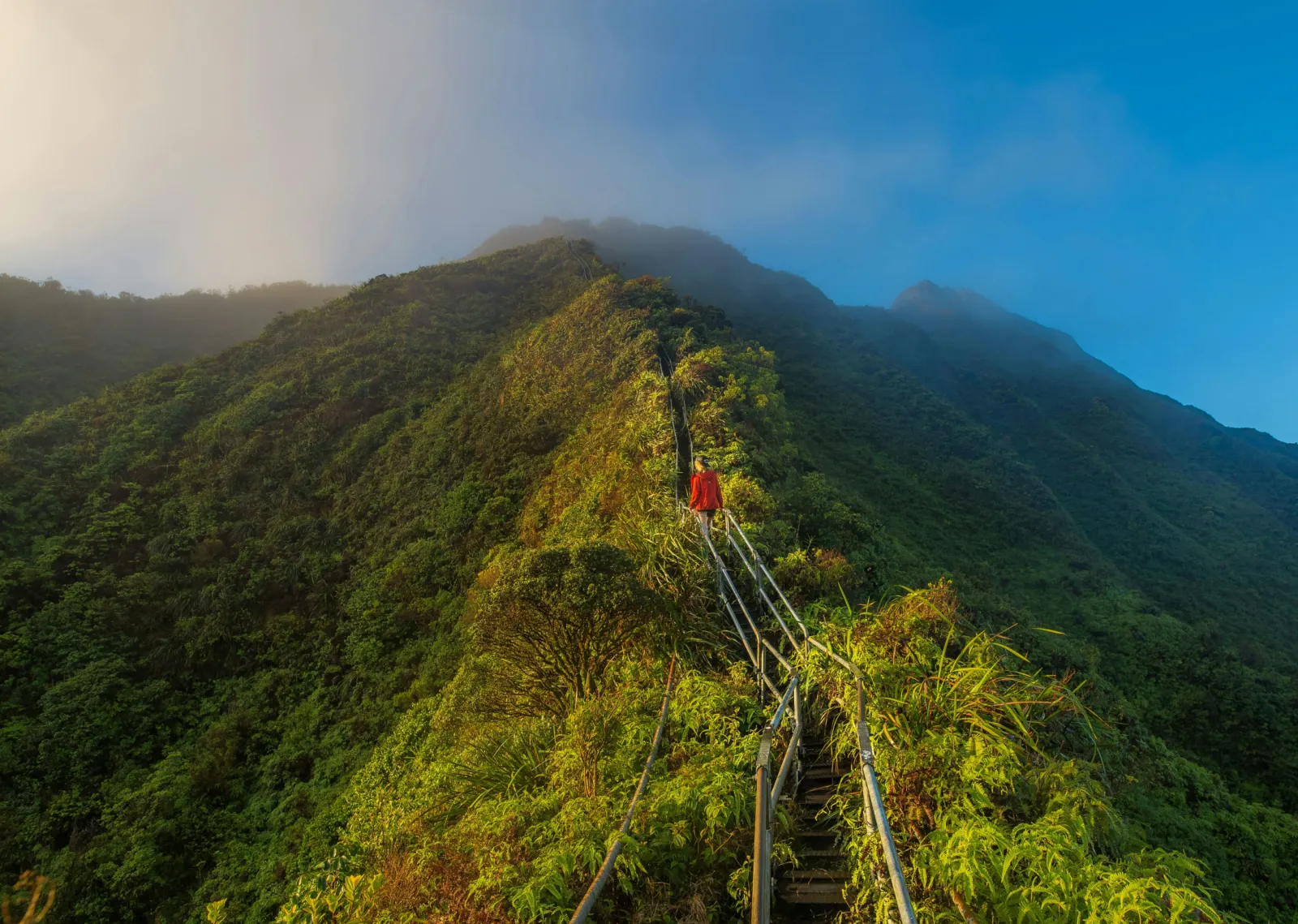The rise of experiential travel
As tourism outpaces other industries—forecasted to grow 3.7% in the face of other economies this year—it’s experienced a revitalization. Experiential, adventure, responsible, and green travel are reinventing the way communities, ecosystems, economies, and brands interact. We examined these trends closer and how they’re being embraced by travel brands.
In a recent report, Trend Watching discusses a new type of consumerism: one with a more sustainable and ethical focus. As general consumers demand that businesses become more accountable for leading solutions to social problems, tourism brands are taking action, building a social mission into their operations and changing consumer mindsets across other industries.
As a result, experiential travel—an evolution of adventurous and active travel through the immersion of local culture—is on the rise, connecting travelers with locals and reinforcing a feeling of self-fulfillment as a global citizen.
A recent Experiential Traveler report from Skift and Peak Adventure Travel Group articulates the direct relationship between globalization and the ubiquitous technology that has “led to the homogenization of cities,” according to Jamie Wong, founder/CEO of Vayable, resulting in “travelers craving locally made and authentic experiences.” Just look at the Instagram effect as proof: it’s accelerated the shift from traditional mass travel to more personalized experience. With minimal research, users can discover where their friends have visited, how they traveled, and the micro-moments they experienced while they were there.
Here, we look at the three biggest and fastest-growing subcategories of experiential travel—eco travel, responsible travel, and adventure travel—and identified three destinations that have benefitted from these segments.
Eco-Friendly Travel
Traveling with a purpose is in many travelers’ mouths, and no longer are the hospitality and ecotourism industries mutually exclusive. This year alone, the ecotourism market accounts for 6% of the world’s GDP with a yearly growth rate of 5%. Whether travelers opt for charitable holidays or greener travels, globetrotters seem to give a great thought to how they can help the community or reduce their environmental footprint in the places they visit. Such decisions range from choosing a cleaner mode of transportation or choosing a destination where the community welfare and human rights are respecting international standards.
Tortuguero, Costa Rica
On December 1st, 1948, Costa Rican President José Figueres Ferrer demilitarized the country and redirected its military budget toward health care, education, and environmental protection. The efforts helped preserve about 25% of its land in national parks and biological reserves and enabled Tortuguero to be declared a national park by 1970 to further protect (and repopulate) the nearly extinct green turtle species. In order to preserve its fauna and protect its wildlife, the village is primarily focused on sustainable development in order to preserve the sensitive ecosystem while still welcoming visitors.
Responsible Travel
Responsible travel includes three pillars of ethical sustainability: environmental, societal and economical aspects. And from remote beaches to sky-high cities, there’s an option for any responsible traveler. Environmental practices are increasingly expected by travelers anymore, but the need for local understanding, respect and support via societal and economical options are creeping up higher in the list of traveler demands. In the last decade, responsible travel has become a trillion-dollar industry, influencing consumers to pick destinations based on economic or political choices. As a result, the purpose of traveling has shifted far beyond personal experiences and has become, instead, an opportunity to flex citizen diplomacy.
Cape Town, South Africa
In 2002, Cape Town issued a Tourism Development Framework in order to create better place for people to live in and better places to visit. At the core of this declaration are six defining pillars that ensure sustainability; water and energy efficiency, waste management, skills development, preferential procurement, social development, and enterprise development. Though it’s a daunting task, this early initiative is an enormous step in the right direction. ‘The Big Six,’ as it’s known, aims to foster community-wide personal and professional growth in hopes of reducing—and some day eliminating—poverty in the surrounding areas.
Adventure Travel
The concept of adventure or active travel lacks a clear definition due to its broad range of offerings, but it generally includes activities like interacting with different cultures, undertaking a physical activity or engaging with nature. It can be further divided into hard adventures (like extreme sports) or soft adventures (leisure and education). However you define it, adventure tourism—particularly in rural areas and wilderness environments—is dependent on human and nature capital, with the protection and promotion of these resources crucial to its success.
Chile
Being the longest country in the world has its perks. The various climates and geographies that span the length of Chile create a diverse landscape that include high altitude mountains, vast valleys, pristine rivers and lakes, cities embedded in coastlines, deserts and rainforests, and the iconic Patagonia. This diversity lends itself to an equally wide range of sporting activities that relies on the country’s unique terrain. Chile’s arm of adventure tourism promotes hiking, kayaking, mountain biking, sandboarding, surfing, skiing, and wine tasting—and it’s no wonder why the country was awarded “South America's Leading Adventure Tourism Destination” in 2015 and 2016 by World Travel Awards.
5 Ways Travel Brands Can Keep Up With Eco Trends
- Put forward sustainable initiatives. The increase of travelers looking to reduce their environmental footprint is bigger than ever. Communicate any successful green initiatives in which you participated.
- Educate your travelers. Many travelers are not aware of ways to reduce their carbon footprint while traveling. Give them tools on how they can make their trip more environmentally friendly and guide them towards better, more sustainable choices.
- Develop a range of unique local experiences. Be different, but stay local. Travelers want to live personalized, out-of-the-ordinary experiences with a wide variety of activities that reflect local cultures and lifestyles.
- Invest in your website and continuously build content. Depending on how it’s used, technology has the power to disrupt or inspire. Having a clear, easy-to-navigate website is essential to stand out among the crowd, with the most salient brands releasing interesting and consistent daily content to keep their audience involved.
- Connect with users. Encourage your audience to leave reviews, and maintain good communication with them. But don’t neglect negative feedback: good customer service can often outweigh poor experiences. And that kind of transparency has the ability to develop deeper brand loyalty.











